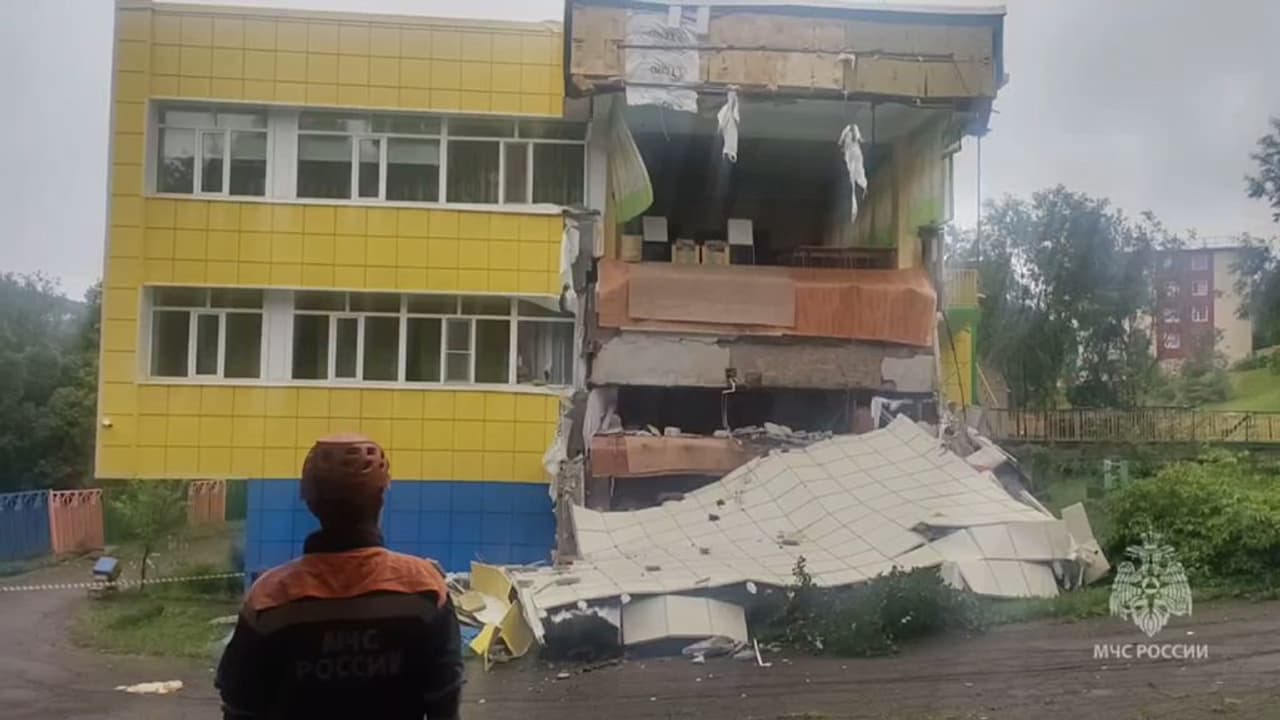A massive 8.8 earthquake in Russia’s Kamchatka Peninsula shocked scientists after shifting land 6.5 feet southeast and triggering two volcano eruptions. Experts warn more aftershocks and eruptions are possible in this highly active seismic zone.
Last week, Russia’s Kamchatka Peninsula was hit by a massive earthquake measuring 8.8 on the Richter scale. It was the sixth-strongest earthquake ever recorded in the world. The powerful tremor triggered tsunami warnings as far away as Chile and the western United States. When the shaking stopped, scientists made a shocking discovery. The Kamchatka Peninsula had moved up to 6.5 feet (2 meters) to the southeast in some places, especially near the southern tip. This kind of land shift is extremely rare and surprised scientists at the Russian Academy of Sciences, reports Daily Mail.
Why land moves during earthquakes
The Earth is made up of tectonic plates that slowly move. These plates usually shift about 0.6 inches (1.5 centimeters) each year. But in places like Kamchatka, where the Eurasian and Pacific plates meet, the plates often get stuck. When the pressure between them builds up too much, it suddenly releases as a massive earthquake. This sudden release of pressure is called ‘elastic rebound’. It can move land by several feet in just seconds. The Kamchatka earthquake caused this kind of shift, moving the peninsula quickly southeast.
Long chain of earthquakes and aftershocks
This earthquake was part of a sequence of at least 50 powerful tremors over 10 days. These included three quakes of 6.6 magnitude and a 7.4 quake on July 20. After the main 8.8 quake, more aftershocks followed. The United States Geological Survey (USGS) reported a 6.9 and a 6.2 aftershock soon after. Aftershocks are smaller earthquakes that happen after the main quake. They happen as the ground continues to settle and adjust. Experts say there is a 47% chance of another 7.0 quake in the next month. There is also a 13% chance of an 8.0 or larger quake in the coming year.
Volcano eruptions triggered
Just hours after the big earthquake, Kamchatka’s largest volcano, Klyuchevskaya Sopka, erupted. Lava and ash blasted into the air. A few days later, the Krasheninnikov Volcano erupted too. This was the first time it erupted in over 500 years. It sent a huge ash cloud 3.7 miles (6 kilometers) into the sky.Sci entists think the earthquake opened new cracks underground. These cracks allowed magma to move closer to the surface, leading to eruptions. But experts say this does not mean all volcanoes will erupt. Earthquakes only trigger eruptions if a volcano is already close to erupting.
Kamchatka lies in the Ring of Fire
The Kamchatka Peninsula sits on the Ring of Fire, a 25,000-mile-long area around the Pacific Ocean that is full of volcanoes and earthquakes. It contains over 425 active volcanoes, and 22 are in Kamchatka alone. Professor David Tappin, a tsunami expert from the British Geological Survey, explained to Daily Mail that aftershocks are caused by changes in stress inside rocks. He said these smaller quakes can last for days, months, or even years after a major quake.
The Russian Academy of Sciences posted on Telegram that the southern part of Kamchatka had moved the most. Scientists are now watching the area closely for more earthquakes or volcanic eruptions.
